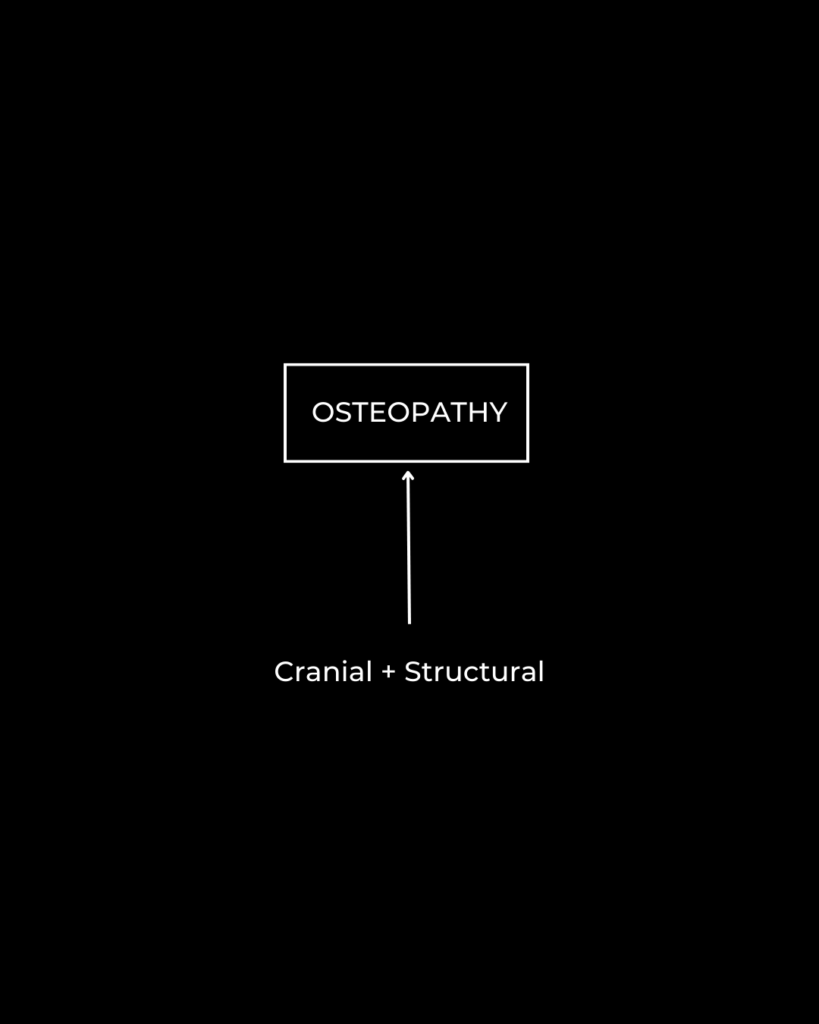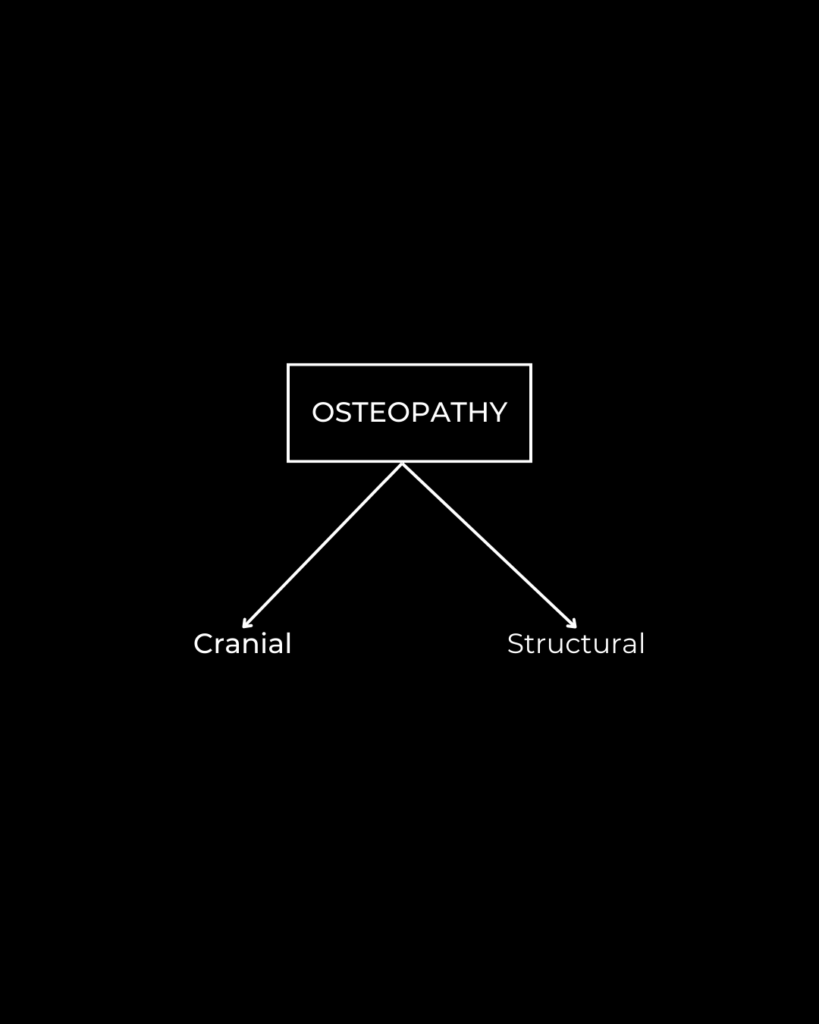Are you a cranial osteopath or a structural osteopath? Now that’s an interesting question. I mean at least if you are an osteopath, otherwise you probably don’t give an F about it and to be honest, unless you are my mom and want to be nice to me, I really don’t know what you are doing here. Not that I don’t like the fact that you are reading my words, but gosh, it must be nice to have so much time to waste.
Anyway!
It is very interesting to see how the same texts from the discoverer of osteopathy gave birth to two main currents in modern practice. Some people lean much more towards the mechanical aspect of osteopathy, while others talk more about tides and waves and breath of life etc. What is similar though, is that both clans quote A.T. Still.
Personally, for example, I have always been more interested in the subtle/light approach. I have studied everything I could find from Sutherland, Becker, Jealous. I trained with Charles Ridley and with the person who took over Duval’s teachings. I really find it to be an amazing approach, extremely modern, especially if you accept to change a bit the explanation given for them to be more up-to-date.
Just like people from that tribe, I have quoted Still many times, especially when he wrote things that I could use to make my practice legit. Yes, that’s a thing in osteopathy, you need to make sure you respect the original concept. How convenient lovely is it to practice a “heart-centered meditation” and to see Still wrote a text stating that “The heart, not the brain, is the centre and source of an intelligence that contracts each division of the body, and combines all parts into one common personage or being. There, we find the first movement of life in the embryo, and the questions arise, “What is life? What is the heart?””?.
For a while now, I have had the sensation that A.T. Still took a path that is totally different from both the mechanical and the cranial path. It feels to me that Sutherland, Becker, and Co. are going in a direction that eventually leads to a practice called craniosacral therapy. Again, I am not talking about techniques here, nor saying that the path they took is not an amazing one. I am just thinking that instead of going toward osteopathy, they (and I) have moved away from it.
I don’t think that’s their fault, to be honest.
I believe that even the osteopaths who were trained by Still started to deviate from osteopathy.
I will precise a few things here:
– I only share my thoughts. They are not right or wrong, and in 6 months’ time, they’ll probably be different.
– It’s not a matter of techniques. I am not saying your technique isn’t good.
– Please do not take things personally. Again, that’s just my thoughts. They might be stupid, but they could also help you see things from a different angle.
Now let’s go.
Before being an osteopath, Still worked as a magnetic healer and a lightening bone setter. I find that very interesting because I’d say it’s probably where we get the roots for both cranial and structural osteopathy.
It is very tempting to say that osteopathy is the sum of his magnetic healing system + lightening bone settling system. That’s also something that many osteopaths do nowadays, mixing a bit of both approach hoping that the sum of the parts will bring the whole. For those who are not used to reading books without pictures, here is a drawing.

Another possibility, just like I did, is to choose between one of the two possibilities. You are either a cranial or a structural osteopath, but since you can find some quotes from Still to support your work, you feel comfortable saying that either path is osteopathy. Again, nothing to do with the techniques.

All that seems extremely easy to understand. Why? Because of the way our mind functions and how we all share a similar background.
Where it gets a bit more difficult, is if I offer you the idea that maybe there’s a totally different way of seeing things.
I know, you would like me to explain it to you here.
You would like me to give you the secret, to tell you exactly what you should be doing.
Truth is, even if I were to do it, you would try to understand using the same philosophy that led you (and I) to my drawings above.
Maybe what I am trying to talk about is something that can’t be seen precisely because of the way we see things.
Maybe, just maybe, this was osteopathy.
Something different.
A change of paradigm that can’t be thought of because of the way we think. A bit as if you wanted to obtain matchsticks using a cork-making machine.
Maybe Still (and tons of other very smart people like Bortoft for example) can only point at something until one day, you’ll have an aha moment. Maybe Still’s books are written with that goal in mind: not to tell you what to do, but to change your mind.
“Osteopathy, in its completeness, was an evolution in the mind of Dr. Still; so it must be in the mind of others.”
E. R. Booth, Ph.D., D.O., History of Osteopathy and Twentieth-Century Medical Practice, 1924.
Love,
Jules
PS: The probability of me being totally wrong is extremely high. Don’t bother contacting me to tell me that what I write is stupid. I know it.
Leave a Reply